The Delicate Art of the Transitional Wardrobe

Transitional dressing is a delicate art. It’s all about finding the perfect balance between warmth and breathability, as well as style and comfort, as you navigate the unpredictable shift from spring to summer. While it may seem like a daunting challenge, the key to mastering this transition lies in thoughtful layering, fabric choices, and curating a wardrobe built to last across seasons.
A well-edited transitional wardrobe is an investment in versatility — pieces that can easily adapt to the unpredictable weather while keeping you chic and comfortable. So, how do you build that perfect in-between collection? Let’s break down the essentials you’ll need to create a wardrobe that moves seamlessly from one season to the next, with the help of Mythersa, McQueen and Balenciaga.

01. Invest in Classic Accessories for Every Season
Accessories often make or break a wardrobe, and they’re especially important when you’re building a transitional look. A few well-chosen items — a timeless leather bag, sleek sunglasses, and a scarf or shawl — can add dimension to your outfits while also providing practical solutions when temperatures fluctuate.
Statement bags in neutral or soft shades that pair well with almost anything are essential, as are accessories like scarves and hats that can add a bit of coverage when it’s breezy, but also act as a stylish addition when the sun’s out. A good pair of sunglasses is a must-have, too, whether it's overcast or bright.
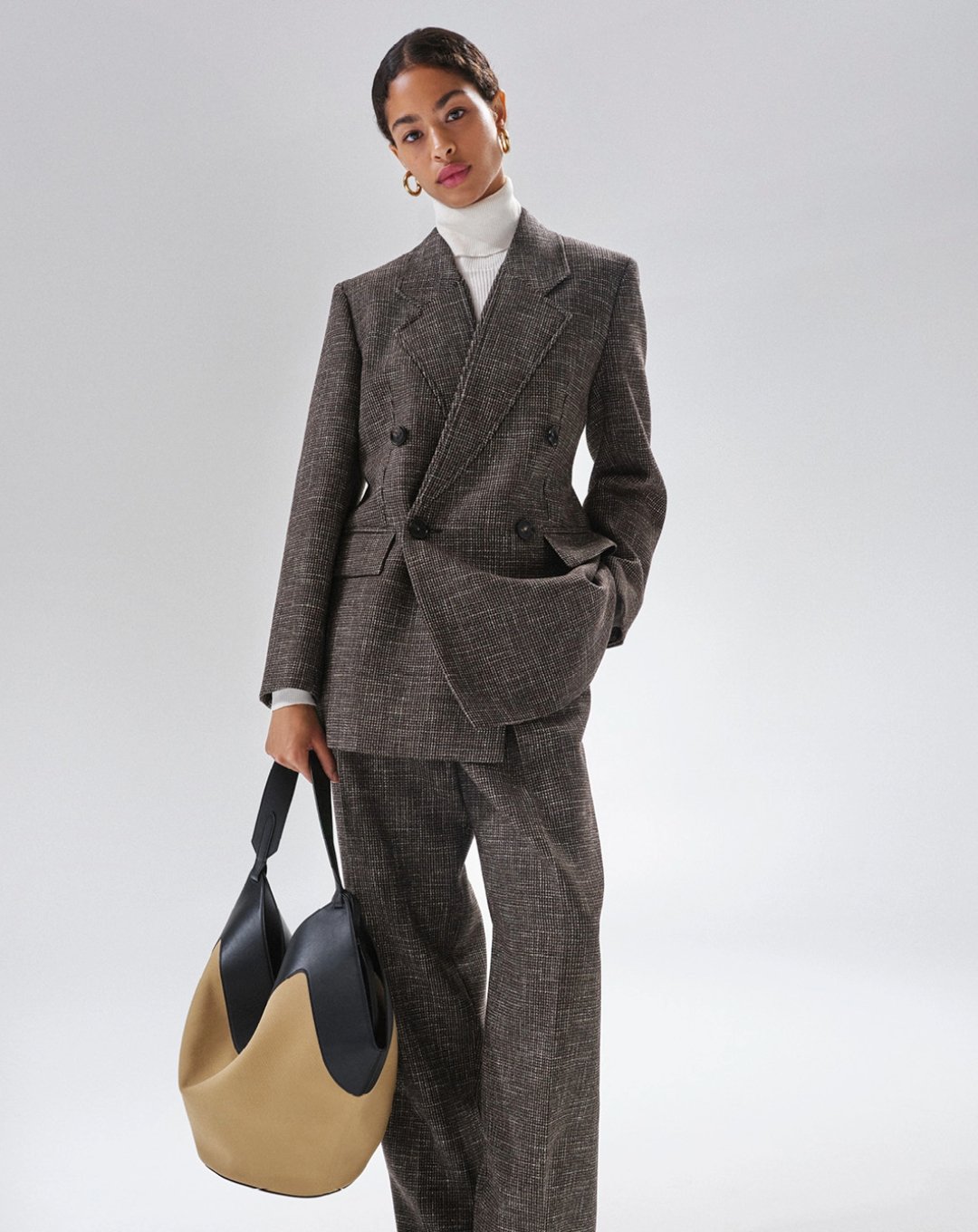
02. Focus on Versatile Layering Pieces
Layering is the cornerstone of a great transitional wardrobe. The key is to choose pieces that can easily be added or removed as the temperature shifts throughout the day. Lightweight outerwear — think unlined trench coats, sleek blazers, or modern bombers — are your best friends in the spring and summer months.
A well-chosen jacket or coat is more than just functional; it sets the tone for your look. Opt for one in a neutral or soft pastel shade to match various outfits, or go for a timeless pattern, like checks or stripes, for added personality. Fabrics like linen, cotton blends, and lightweight wool allow you to add warmth without overheating.
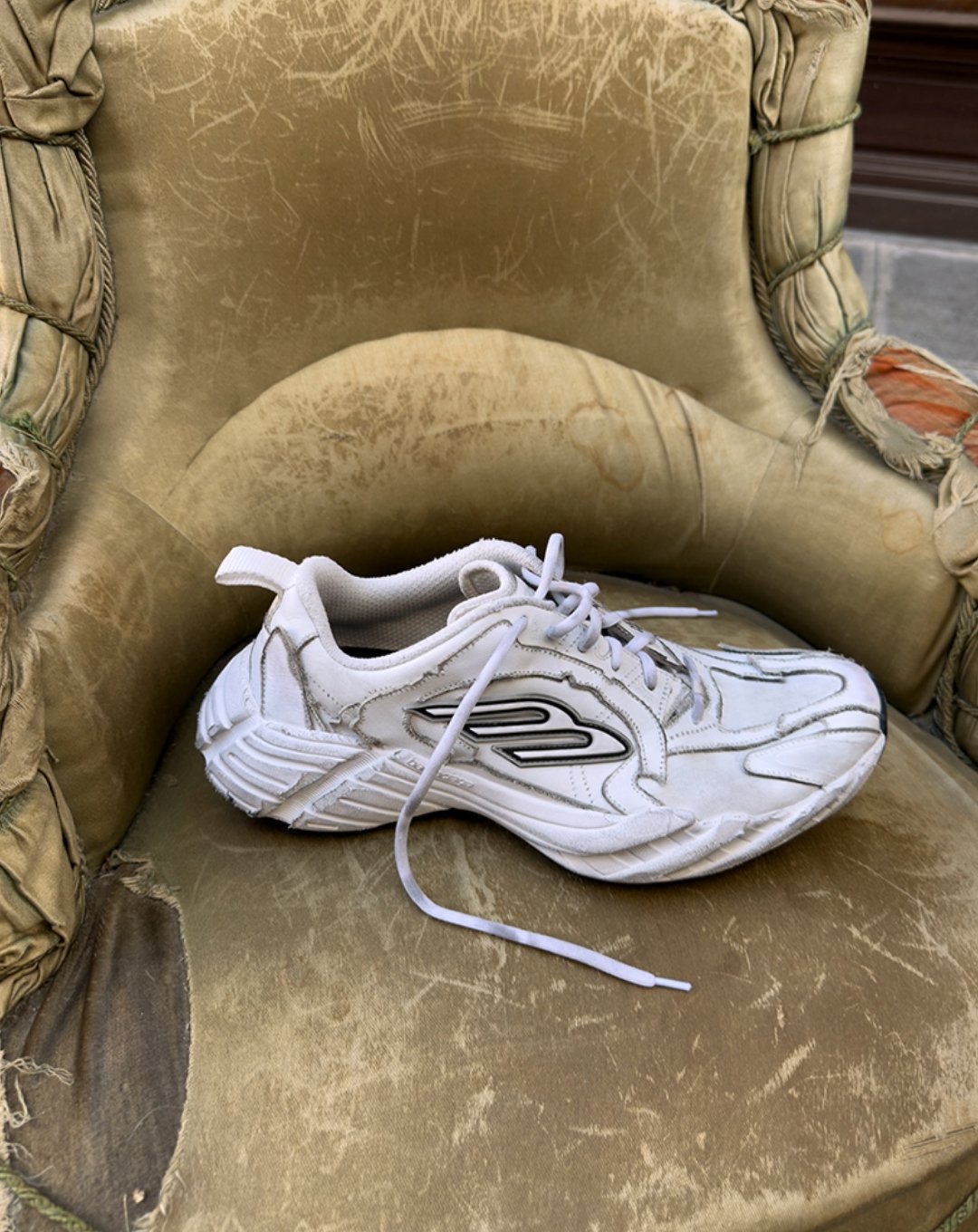
03. Choose Classic Shoes with Modern Touches
Shoes are the foundation of any good transitional outfit. Invest in footwear that can go from rain-soaked mornings to sunny afternoons, with styles that maintain comfort and style. Think sleek ankle boots, delicate ballet flats, comfortable loafers, and practical sneakers. The beauty of these styles lies in their ability to mix practicality with a chic, fashion-forward edge. These aren’t just about making a style statement; they’re about embracing shoes that can handle varying temperatures and outfits with ease.
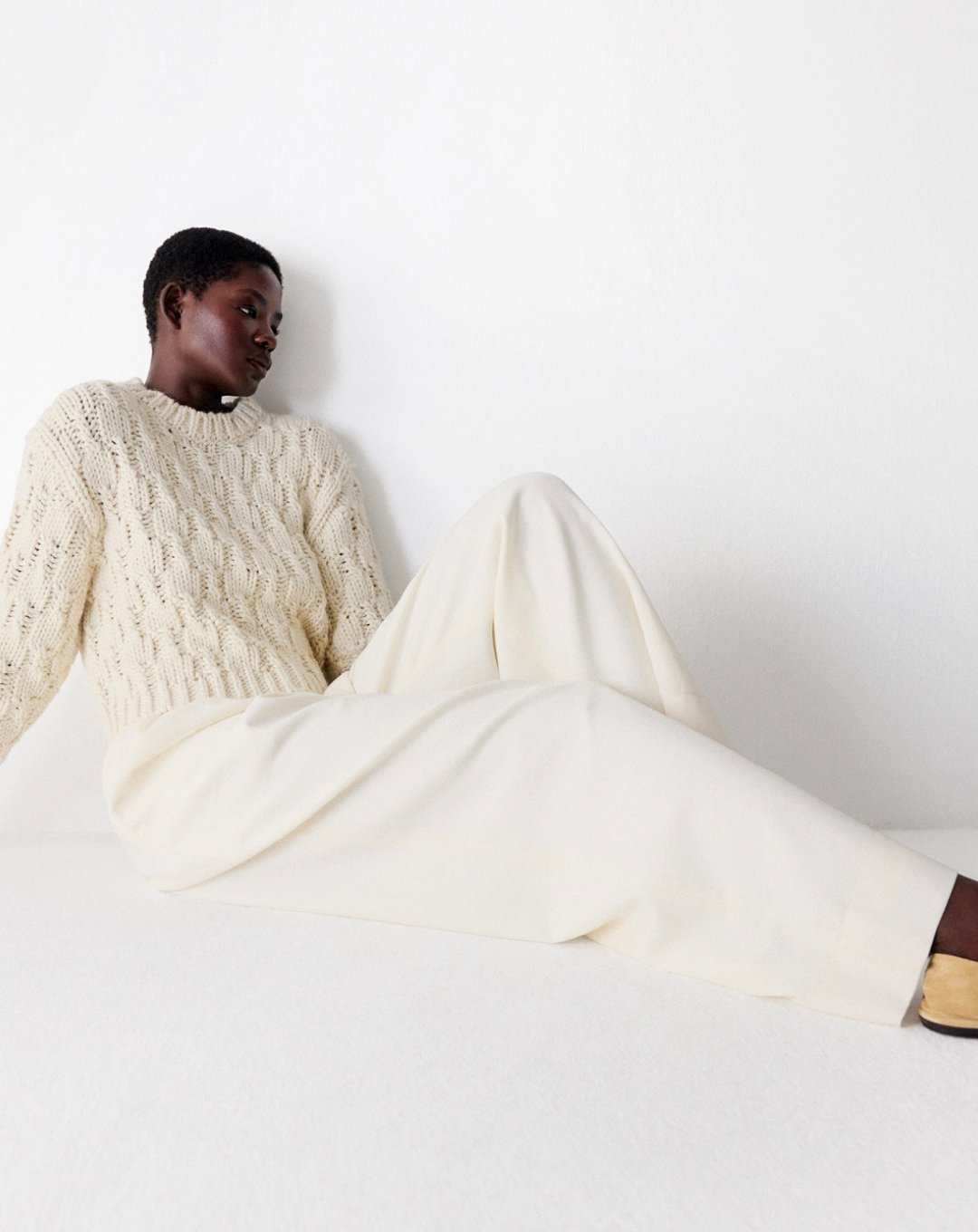
04. Cultivate a Mix of Textures and Fabrics
One of the most important aspects of a well-rounded transitional wardrobe is the use of fabric. During these months, you’ll want to incorporate lightweight materials — think cotton, linen, and silk — into your everyday essentials, while mixing in a few heavier textures that offer structure without sacrificing breathability.
Choose breathable knits that offer warmth but still allow your skin to breathe, and swap heavy wool sweaters for cotton blends that have the same cozy feel but with lighter weight. Incorporating sheer fabrics, like organza or mesh, can add visual depth to your outfits, giving them a more summery vibe while still keeping things fresh for cooler days.
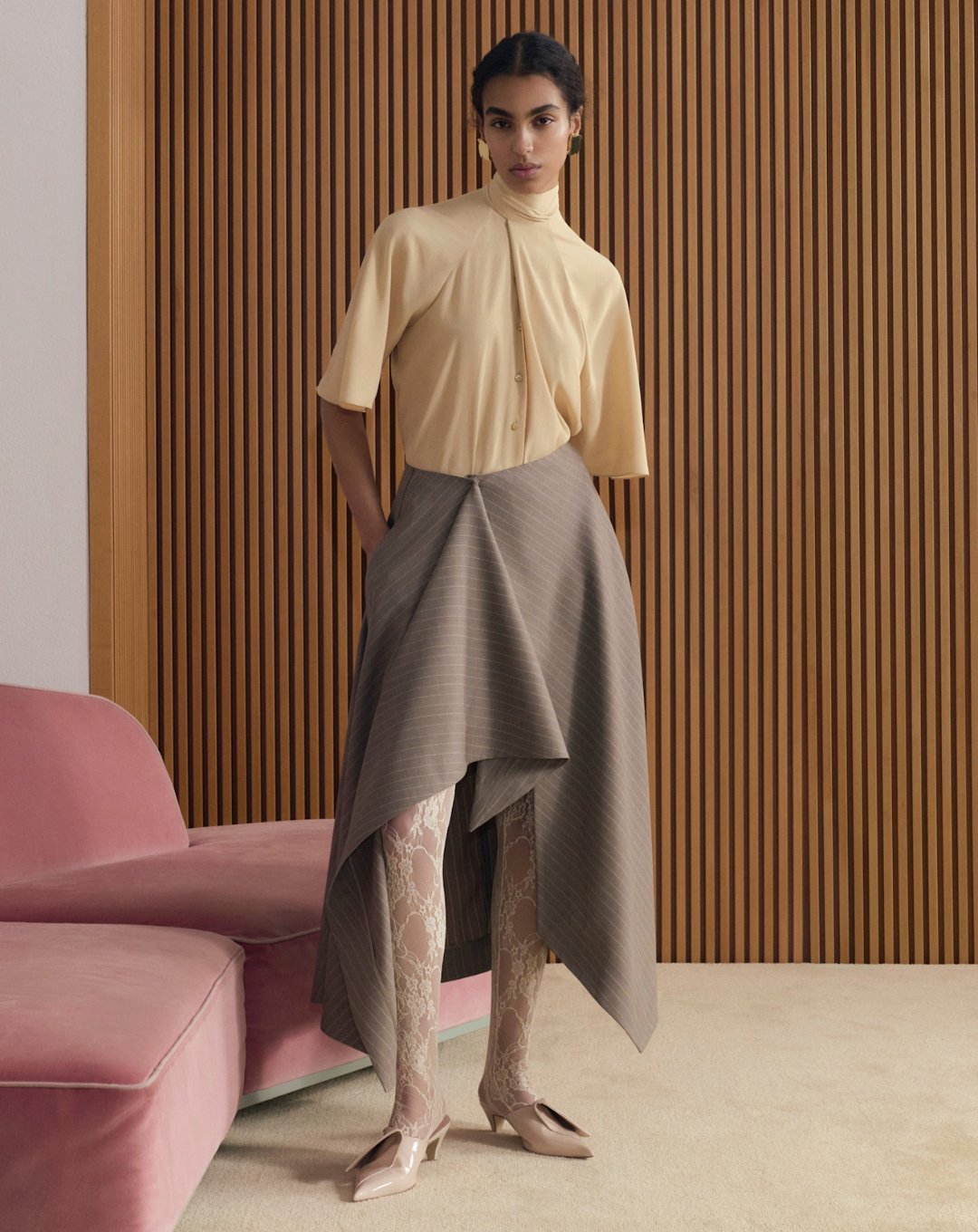
05. Embrace the Midi Skirt
A midi skirt is the unsung hero of the transitional wardrobe. Its length offers enough coverage for cooler mornings, yet it’s light and breezy enough to wear as the temperature rises. Whether you choose a flowy, pleated option, a sleek satin number, or something in denim, the midi skirt offers endless styling possibilities.
This is where layering becomes an art form. Pair your midi with a cardigan or a fitted sweater when it’s still chilly, then transition to a tank top or short-sleeve shirt as it warms up. The key here is balancing proportions, mixing voluminous skirts with more fitted tops and vice versa.
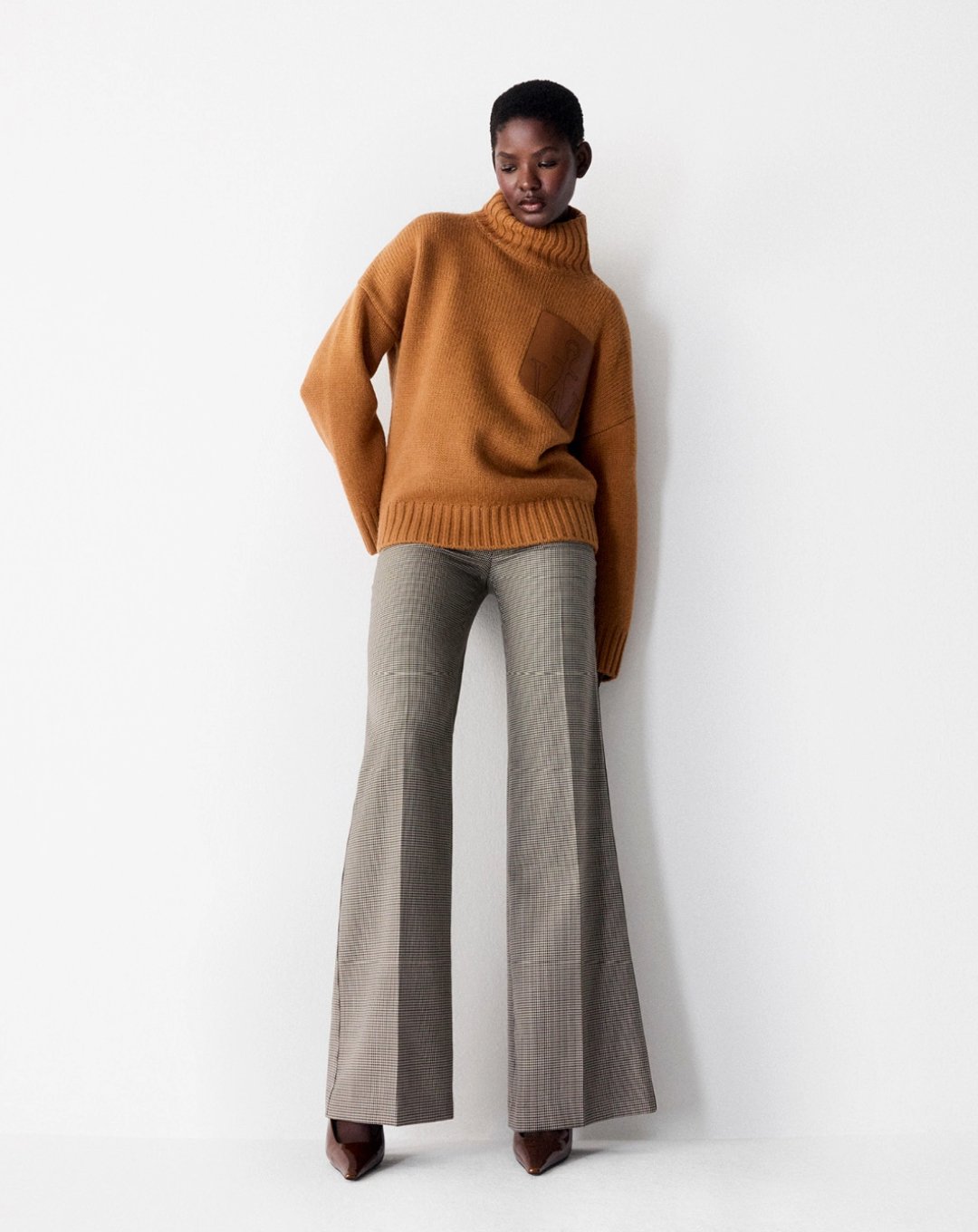
06. Keep the Color Palette Subtle, with Pops of Bold
Building a transitional wardrobe requires balancing neutral tones that work season after season with splashes of brighter hues that introduce a bit of freshness for the upcoming months. Opt for a solid foundation of earthy tones like beige, camel, white, and gray, and then layer in bursts of spring colors — soft lilacs, powder pinks, or even refreshing dusty mints.
This balance between neutral staples and color accents is key to creating a wardrobe that’s cohesive but still feels updated each season. Not only do these shades work for the unpredictable temperatures, but they also transition seamlessly from spring to summer without feeling out of place.
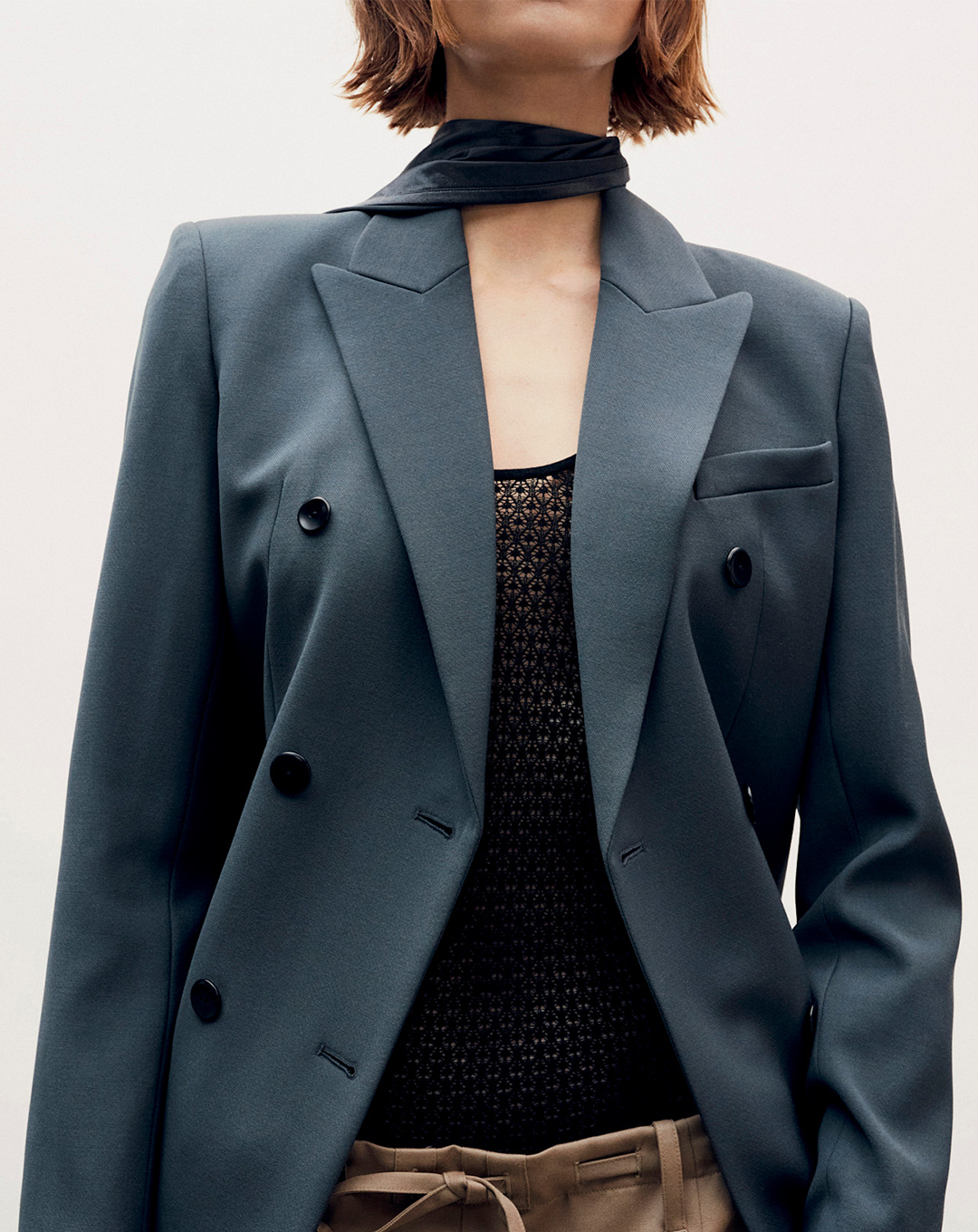
07. Build with Flexibility in Mind
Above all, a great transitional wardrobe is about flexibility. Each piece should have multiple functions, from taking you to the office in the morning to happy hour in the evening. The goal is to make dressing easy and effortless while staying stylish and comfortable no matter what the day throws at you.
The key to a versatile, seasonless wardrobe is to mix and match well-loved staples — pieces that you truly enjoy wearing — while adding in select statement items that feel fresh for the new season. Layering with intention and choosing fabrics that breathe while still offering coverage are the foundation of a wardrobe that can handle any seasonal shift with ease.
Building a transitional wardrobe is an art that requires a balance between timeless classics and pieces that introduce new, seasonal flair. By focusing on versatility, thoughtful layering, and durable yet stylish fabrics, you can create a closet that serves you throughout the shifting months — ensuring that no matter the weather, you’re always prepared to step out in style.